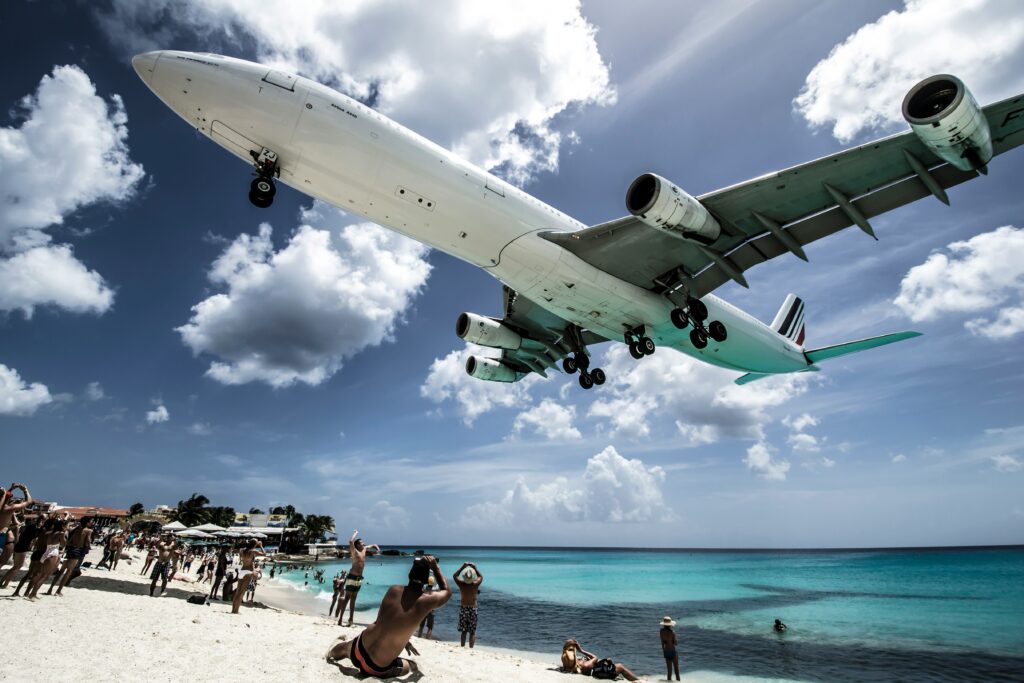
Understanding the Dutch-French Transition
Traveling in Europe is a dream for many, and the journey through the Netherlands and France is a unique blend of cultures, languages, and culinary delights. Yet, crossing from the Dutch side to the French side can feel like moving between two worlds. But don’t fret! With a few tips in your pocket, you’ll glide through this transition effortlessly. Let’s dive in.
Getting Started: Plan Your Route
Choose Your Crossing Points
The first step in making this cross-border journey smooth is deciding on your route. Whether you’re traveling by train, car, or even bicycle, knowing your crossing points can save you tons of headaches later. Popular options include:
- The Eurostar: Traveling from Amsterdam to Paris? The Eurostar is a great choice! It’s fast, comfortable, and the scenery along the way is breathtaking.
- Local Trains: There are regional trains that connect Dutch cities like Rotterdam and The Hague with French towns such as Lille. These can be less crowded and more personal.
- Driving: If you rent a car, you can experience the beauty of the countryside. Just make sure you’re prepared for different driving laws—like which side of the road to drive on!
The Cultural Shift: Language and Customs
Bridging the Language Gap
Language can often be a barrier. While Dutch is predominant in the Netherlands, French reigns in France. However, don’t let this intimidate you! Here are a few handy phrases to make your transition smoother:
- Hello: “Hallo” in Dutch & “Bonjour” in French
- Thank you: “Dank je” in Dutch & “Merci” in French
- Do you speak English? “Spreek je Engels?” in Dutch & “Parlez-vous anglais?” in French
Being polite and attempting to speak a few local phrases can go a long way. Most Europeans appreciate a traveler making an effort, even if it’s just a word or two!
Understanding Customs and Etiquette
Each culture has its quirks. In the Netherlands, it’s all about directness—don’t be surprised if someone tells you exactly what they think! In contrast, the French often prefer a more subtle approach. When dining in France, for instance, remember: it’s common to wait for everyone to be served before digging in. Just a little nuance that can enhance your experience!
Culinary Delight: A Taste of Both Worlds
Must-Try Foods
Food plays a massive role in cultural identity. From stroopwafels in the Netherlands to croissants in France, there’s so much to savor. Here are a few must-try dishes from each side:
- Dutch: Sample some bitterballen (a savory snack) with a side of mayonnaise, and don’t miss out on Dutch cheese!
- French: Indulge in a variety of cheeses, baguettes, and pastries. Treat yourself to a cup of hot chocolate at a cozy Parisian café—trust me, it’s an experience.
If you’re a foodie, you might even consider joining a culinary tour as you move between borders. From cheese tasting classes to wine tours, it’s a delicious way to connect with both cultures.
Practical Tips for a Smooth Transition
Money Matters
Though the Netherlands and France are both part of the wider European Union, they use different currencies. The Netherlands uses the Euro, while France also uses the Euro, so no hefty exchanges are needed. Just ensure you have cash for smaller purchases, as some places might not accept cards. Have you ever found yourself in a tiny café where only cash would do? It happens!
Transportation Tips
Public transportation is an essential part of navigating the Dutch and French landscapes. But there are a few tricks:
- Buy Passes: Investing in a train pass can be much cheaper for unlimited travel over a few days.
- Download Apps: Get local apps like NS (for the Netherlands) and SNCF (for France) to keep track of schedules – they’re helpful and user-friendly.
A Note on Customs and Border Control
What to Expect
Crossing from one country to another might mean encountering border checks. Though it’s generally smooth when traveling within Schengen zones, be prepared to show your identification, especially if you’re driving. Having your passport readily accessible will save time and reduce any travel anxiety.
Stay Informed
Always check for updates related to travel regulations. Sometimes, changes happen quickly, and it’s better to be informed than caught off guard. Websites and local news can provide real-time updates, so take a moment each day.
Final Thoughts
Traveling between the Dutch and French sides doesn’t have to be daunting. With a little planning, some cultural know-how, and an adventurous spirit, you’ll find the transition is part of the fun! Who knows, maybe you’ll fall in love with both cultures along the way.
Enjoy the journey, savor the food, and embrace the distinct vibes of these incredible countries. Bon voyage and have a great time wandering between you might even create memories that last a lifetime!
Related: Check out more travel tips in our Travel Guide.
**Related Reading:** – [Related: How to Plan a Solo Trip on a Budget] – [Related: Top Destinations for First-Time Solo Travelers] **#SoloTravel #Cross #Dutch #French #Sides #Smoothly #Tips #Transfers**
